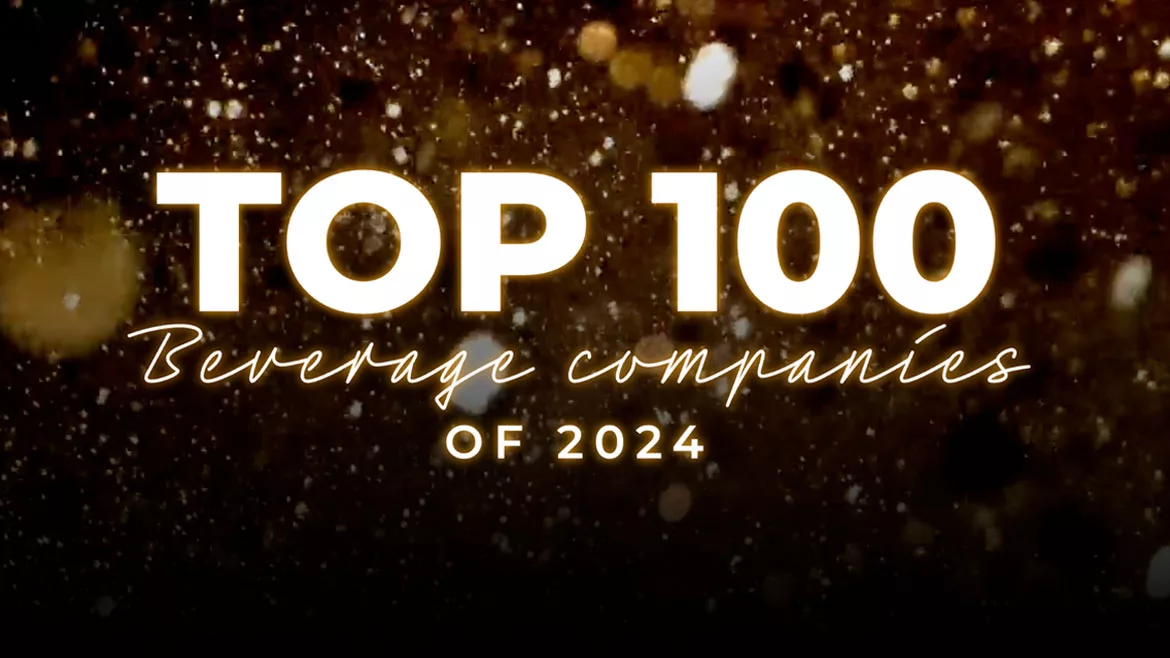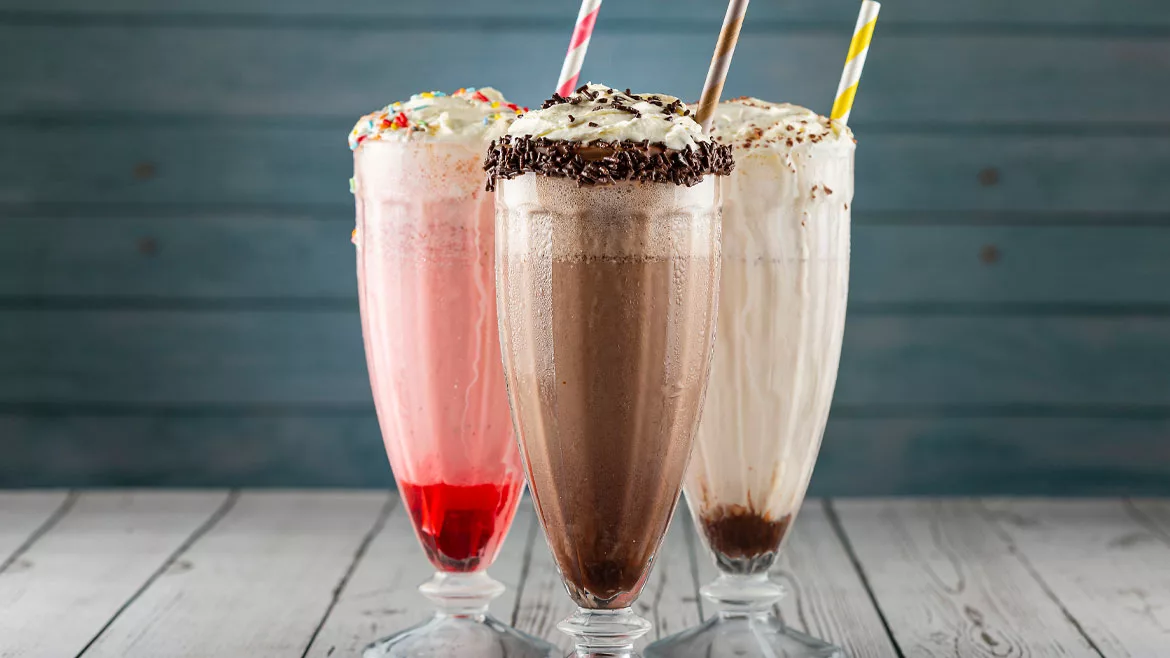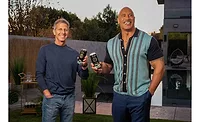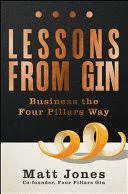Brand Innovators
Brand Innovators
By Stacey King Gordon & Kate Bertrand Connolly
BrandPackaging, Beverage Industry’s sister publication, released its list of 2007 Brand Innovators. The magazine honors brand marketers, package designers and innovations professionals who deploy buzz-worthy packaging strategies. Two beverage packaging innovators made the list this year: Heineken USA’s Marjan Falek, who helped expand the company’s packaging portfolio; and Evian North America Brand Manager Caroline Kibler, who introduced two packaging innovations in less than two years at Evian.
BrandPackaging will honor the Brand Innovators at a cocktail party during the Packaging that Sells conference on Oct. 4 in Chicago. Visit packagingthatsells.com for details on the event.
The perfect brew
Packaging has opened a lot of doors for Marjan Falek
— both in her personal career and at Heineken, the Dutch brewer that
has taken the American beer market by storm.
“I am ‘born and bred’
Heineken,” Falek says. The first company she ever worked for,
Heineken moved her through a variety of account management positions in the
Heineken Export Group in the Netherlands. Then, Falek accepted a role
overseeing packaging supply chain activities for Heineken’s brands in
the United States. Three years later, she returned to the Netherlands as
part of the International Expatriation Group, managing the placement of
Heineken employees across three continents.
But the love of packaging she had developed during her
previous role kept calling her back. “Packaging is truly my
passion,” she says. “Understanding what makes one package a
success and another just a ‘me too,’ and applying that insight
to our design is what energizes me.”
She has perfected that formula again and again as she
has helped to expand Heineken USA’s packaging portfolio. Falek says
the introduction of the Heineken 12-ounce keg can helped Heineken —
and imports in general — slide smoothly into the canned beer market
that was formerly reserved for domestic brands.
At the same time, she has rolled out innovative
packaging designs for brand extensions. Under her watch, Heineken
introduced the sleek, sophisticated longer body bottle for high-end
Heineken Premium Light; the limited-release, champagne-style 5-liter
Heineken Magnum bottle for the holidays; and the new 5-liter DraughtKeg, a
package with a patented tapping system that keeps the beer fresh for 30
days, for a “draught beer at home experience.”
Heineken’s introduction of the Heineken Premium
Light packaging design turned heads in the branding and design worlds.
“From the beginning, we knew that we wanted to
translate the overall proposition into the packaging — clean, crisp
and smooth,” Falek says. “We did not want to go the usual brand
extension road. However, we did not want to lose the connection with parent
brand Heineken either. The result was a green bottle with a neck and
shoulder ratio that harkens back to the Heineken bottle, but with an
elongated and narrower body. The minimalist design, executed in
pressure-sensitive label material, reinforces the brand proposition. We
were glad to see that consumer research confirmed our thinking.”
These packaging innovations keep the Heineken brand as
fresh as they keep the beverage, helping it maintain the No. 6 slot in beer
sales in the United States — the second-largest import brand next to
Corona. Heineken saw an 11 percent growth in volume in 2006 in the U.S.
market and enjoyed its biggest surge in the international premium segment
since the 1980s.
Most importantly, the company has used packaging,
among other tactics, to revitalize a brand that BusinessWeek, only four years ago,
suggested was growing “tired, reliable but unexciting,” despite
its instantly recognizable “stubby” green bottle.
That means stretching the brand carefully but
creatively. “Our current U.S. design uses the key elements of our
global packaging but communicates them in a way this market demands —
energetic and fresh,” Falek says. “I would say ours is a
strategy of evolution: taking the elements that work well and continuing to
build on and enhance them.”
One of the most rewarding parts of Falek’s job
has been evangelizing the power of packaging to the rest of the Heineken
organization — and watching the light bulbs go on about its impact.
“[I’m proud] of getting my colleagues across the entire
organization engaged in packaging and creating a valued place for packaging
in the marketing mix,” she says. Part of that has involved
demonstrating to marketing people what packaging can do for a brand. The
‘pack on shelf’ can serve as a billboard and can be just as
effective as TV advertising in grabbing consumers’ attention.
“Packaging portfolio thinking has become an
integral part of our long-term business strategy,” Falek says.
“It is rewarding working together with the brand teams on the
packages of tomorrow.”
Scaling the heights
Many creative streams feed Caroline Kibler’s imagination. A self-professed foodie and
design-magazine junkie, Kibler draws on a range of style, design and
sensory cues in her work as brand manager at Evian North America, a
business unit of Groupe Danone.
Since joining Evian in January 2006, Kibler has
piloted the launch of the Evian Detox Spa, a temporary, promotional
“pop-up spa” in Manhattan; and, in July 2007, the U.S. launch
of the Palace Bottle, targeting fine dining establishments.
The Palace Bottle was developed after Kibler and her
team conducted research with restaurateurs, servers and diners, discovering
that, within the fine dining market, bottled water brands compete largely
on the basis of innovative packaging.
Kibler’s sleek Palace Bottle meets that
criterion head on. Its contemporary silhouette is a nod to the source of
Evian water, and its simplicity evokes a fundamental brand attribute:
purity. Evian worked with branding and package design firm Raison Pure to
develop the design.
“Our intent with this package was to reinvent
and break the codes of the category using the things that make Evian
unique,” Kibler says. “It re-establishes Evian’s
prominence in fine dining and provides a
truly premium experience. We are expecting it to have a huge impact on the
Evian brand.”
Key to that objective is the accessories developed to
assist the restaurant server. The Palace Pourer, for example, is a stylized
spout that fits the mouth of the bottle and prevents splashing as the water
is poured. The device was inspired by the serving pitchers of the 18th
Century and, in an elegant flourish, sculpts the water stream as it flows
into a glass.
Coupled with the Palace Bottle, the pourer creates a
“ceremony” out of ordering and decanting a bottle of water.
“We believe this will revolutionize the water service
experience,” Kibler says.
Because Evian is distributed through so many channels
— in restaurants, but also in hotels, spas, grocery chains,
convenience stores and mass market retail formats like Target and Wal-Mart
— Kibler and her colleagues face a variety of packaging challenges
across the brand portfolio.
Within the past year, Evian has redesigned the label
on its PET bottles to maintain brand visibility. The new design highlights
a visual of the Alps, a key point of differentiation, and includes a heavy
dose of Evian pink, the brand’s equity color.
“We’re always focused on improving our
packaging, especially for retail distribution,” Kibler says.
Recent structural improvements include the addition of
ergonomic grooves to the sides of Evian 330-ml. bottles. The change makes
it easier to hold the container and, according to Kibler, improves
consumers’ brand experiences.
Such developments enhance specific usage occasions, an
important part of Evian’s strategy because there are simply so many
environments in which consumers enjoy the brand: at a club or spa; the gym
or beach; at work or home; and so on.
“The right package is critical to how we
position the product. It’s central to the marketing mix, affecting
usage occasions, the type of consumers who’ll buy the product, how
much they’ll pay for it, whether retailers will showcase it in-store
and if celebrities will want to be seen drinking it,” Kibler says.
“I see packaging taking on a larger and larger role as consumers
continue to have more options and feel empowered to demand packaging forms
that fit their every usage occasion. We’re always focused on the next innovation.”
Looking for a reprint of this article?
From high-res PDFs to custom plaques, order your copy today!






